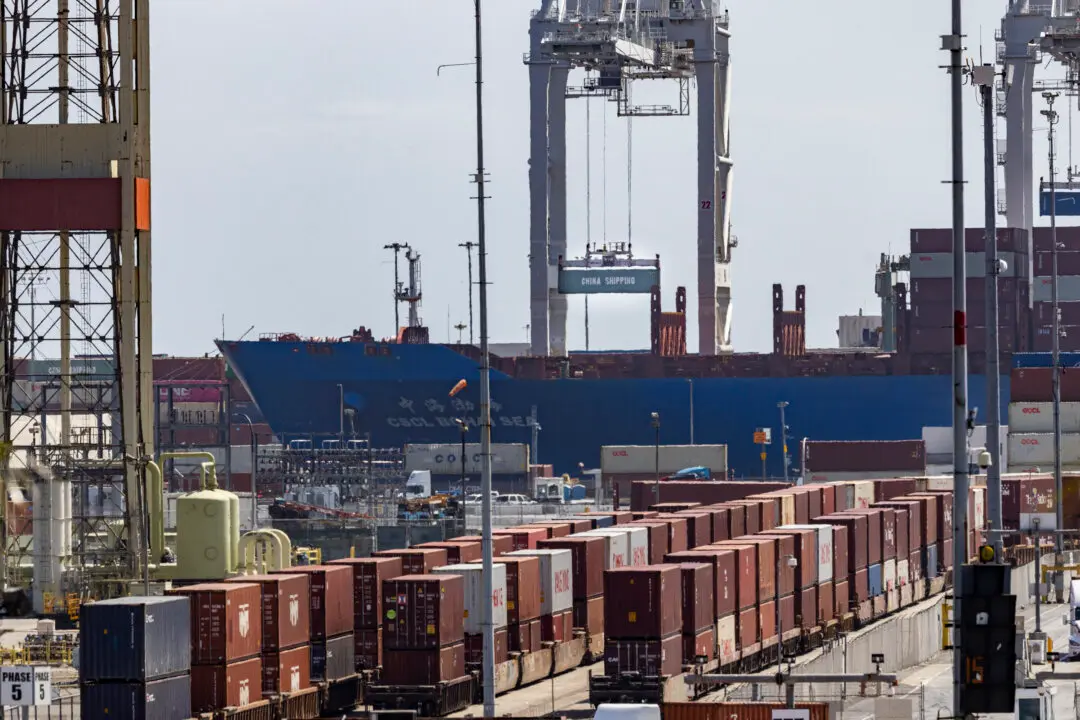The odds of Russia defaulting on its external debts are increasing the longer the war in Ukraine lasts, a broad array of organizations and analysts have said.
With the international community applying pressure on Moscow over its invasion of Ukraine, the national economy is poised to contract double digits, prompting the Kremlin to repeatedly employ extraordinary measures to cushion the blows from the economic fallout.





